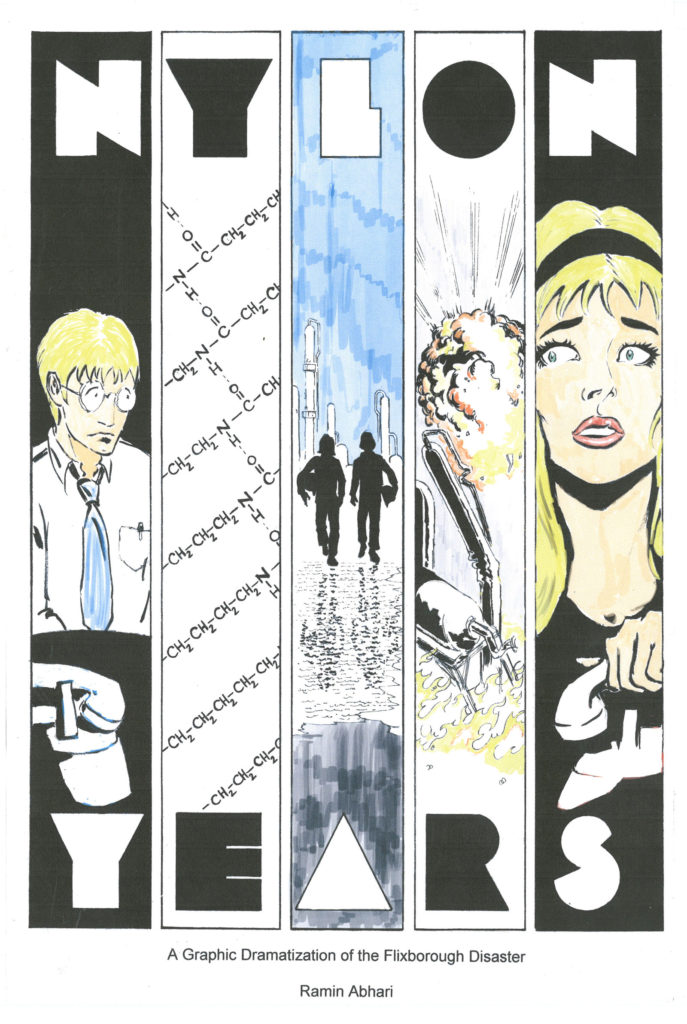 By Ramin Abhari
By Ramin Abhari
Self Published through CreateSpace
The Book: England, 1973. An exciting place at the forefront of popular culture. A giant addition to the Nypro chemical plant in the rural community of Flixborough has just started production. Using the latest advancements in chemical process technology, the new plant promises to satisfy the British textile industry’s hunger for more and cheaper nylon. But at 4.54 p.m. on 1st June 1974, an explosion unlike any other rips hellfire through the plant and ends it all.
In Nylon Years, Ramin Abhari, a chemical engineer and graphic artist, weaves technology, history, and romance into a fabric spanning 40 years (of nylon). Based on actual people and events, this fictionalized account is the epic story of the workers, chemists, and engineers who acted with the best intentions as their plant was becoming increasingly unsafe.
Nylon Years is also a cautionary tale about the vulnerabilities that any change can introduce to even the safest plants…
The Review: Major chemical disasters are, thankfully, something of a rarity, but when they happen, they’re a reminder of just how dangerous the technology can be if handled improperly, or corners cut.
For example, the disaster and the related casualty figures following events at US-based Union Carbide’s pesticide plant in Bhopal, India in 1984, is cited as one of the chemical industry’s greatest tragedies, when 27 tons of the deadly gas methyl isocyanate leaked into the atmosphere. None of the six safety systems designed to contain such a leak were operational, allowing the gas to spread throughout the city of Bhopal. Half a million people were exposed to the gas and 25,000 have died to date as a result of their exposure. The Bhopal Medical Appeal notes more than 150,000 people still suffer from ailments caused by the accident and the subsequent pollution at the plant site. (Union Carbide has its own account of the tragedy here).
The people of Flixborough, in Lincolnshire, were a victim of a chemical disaster in 1974, when cyclohexane vapour used in the making of nylon leaked from ruptured pipework at the Nypro site there, resulting in an explosion that killed 28 people and injured 36. Blast waves were felt four miles away in Scunthorpe.
Offsite, 53 injuries were reported and property in the surrounding area was severely damaged.
While nowhere near the level of Bhopal, like other disasters in Texas City in the US and Toulouse in France, it led to plenty of soul-searching and a reassessment of procedures on the part of the chemical industry and government. The Health and Safety at Work Act was introduced the same year, when the Health and Safety Executive was also established.
Incredibly, the true cause of Britain’s worst peace-time industrial accident was only revealed in 2000 by the Health and Safety Executive after 26 years of campaigning by whistle-blowing scientist Ralph King, who was sacked from the original inquiry. It is those findings that in part artist and chemical engineer Ramin Abhari has drawn on for his re-telling of the events that led to the disaster, candidly documenting not only the events that led to it but also the origins of the nylon industry itself in the 1930s.
Ramin’s account carefully documents the science behind the Nypro project and for some readers this may prove a barrier to giving Nylon Years a chance. In terms of presentation, the book’s lettering is also a little off putting and although the accident’s cast are fully introduced – from those led by greed to cut costs to those simply trying to do a good job, alarmed at corners being cut – the human aspect of this tragedy only really comes to the fore as Ramin details the disparate lives of every known victim.
That said, I think Ramin was in part right to give us the science behind the Flixborough disaster as well as its human face, with much of the story focused on chemist (and victim) Allan Lambert and his partner Mary. Too often, it’s easy to look at the consequences of such a tragedy and not see it in the context of events of the time, or the aspirations of those involved, who saw opportunity in the ground -breaking technology.
While not an easy read, Ramin affords readers a fascinating spotlight on the causes and consequences of the Flixborough disaster in Nylon Years, along the way offering a snapshot of life for those who worked at Nypro in the early 1970s. It isn’t an easy read, but it does offer some candid insights into what went wrong – and what might go wrong again if its lessons are ignored.
• Nylon Years is available from amzon.co.uk
• National Archives: The Flixborough Disaster includes links to the official report on the tragedy, which you can also find here
• The Independent, 9th April 2000: True cause of Flixborough to be revealed after 26 years
• ICIS: A guide to major Chemical Disasters
• The Atlantic: Bhopal: The World’s Worst Industrial Disaster, 30 Years Later
The founder of downthetubes, which he established in 1998. John works as a comics and magazine editor, writer, and on promotional work for the Lakes International Comic Art Festival. He is currently editor of Star Trek Explorer, published by Titan – his third tour of duty on the title originally titled Star Trek Magazine.
Working in British comics publishing since the 1980s, his credits include editor of titles such as Doctor Who Magazine, Babylon 5 Magazine, and more. He also edited the comics anthology STRIP Magazine and edited several audio comics for ROK Comics. He has also edited several comic collections, including volumes of “Charley’s War” and “Dan Dare”.
He’s the writer of “Pilgrim: Secrets and Lies” for B7 Comics; “Crucible”, a creator-owned project with 2000AD artist Smuzz; and “Death Duty” and “Skow Dogs” with Dave Hailwood.
Categories: Reviews
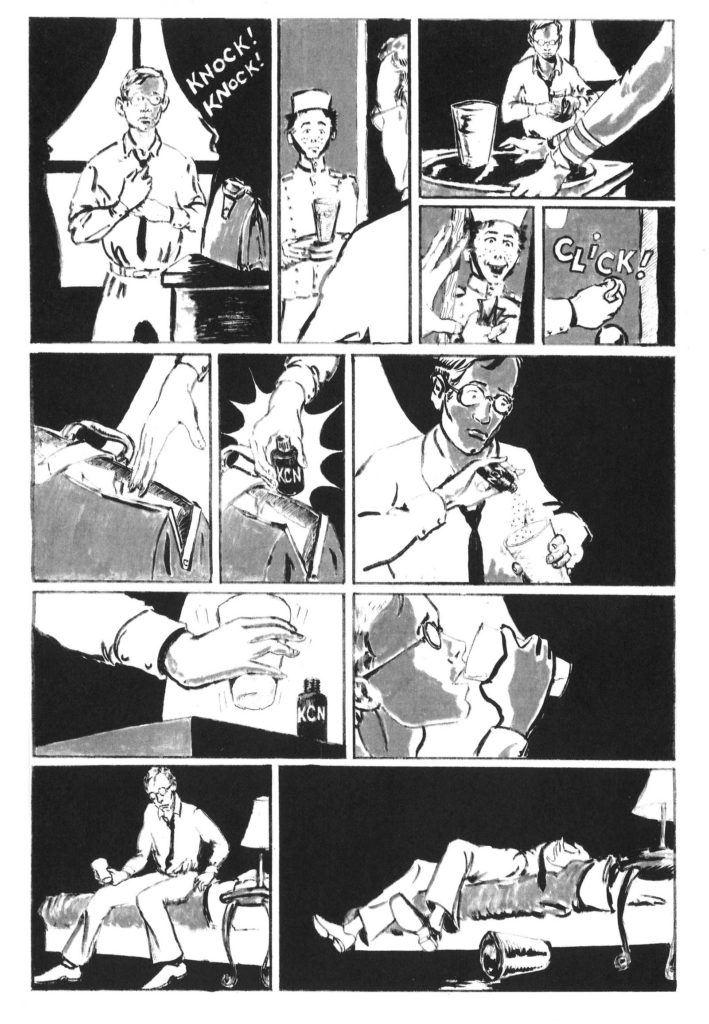
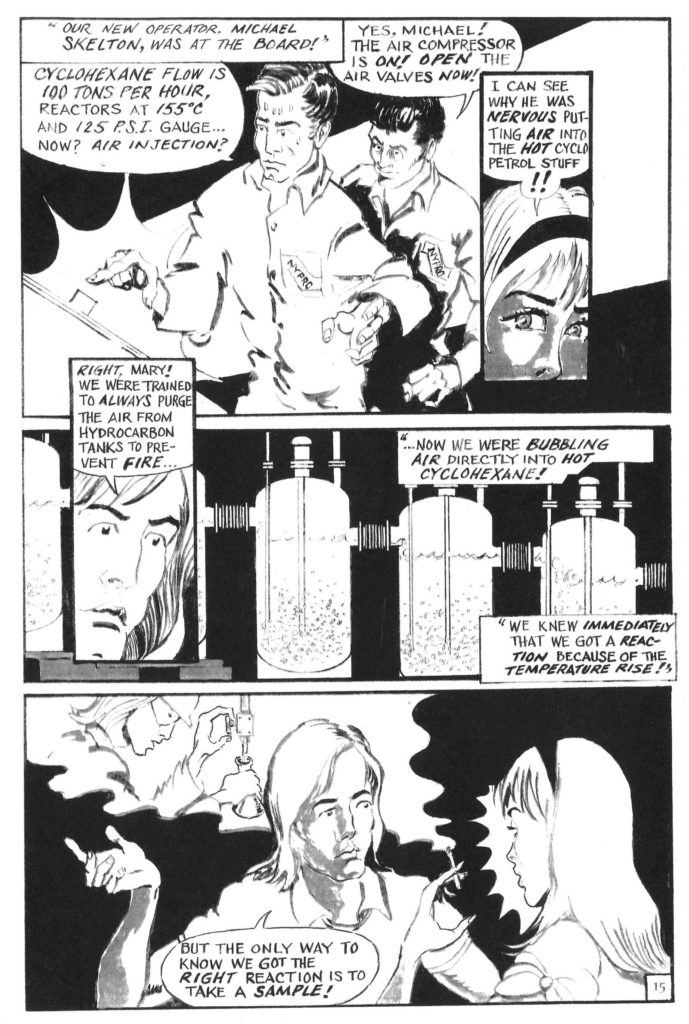
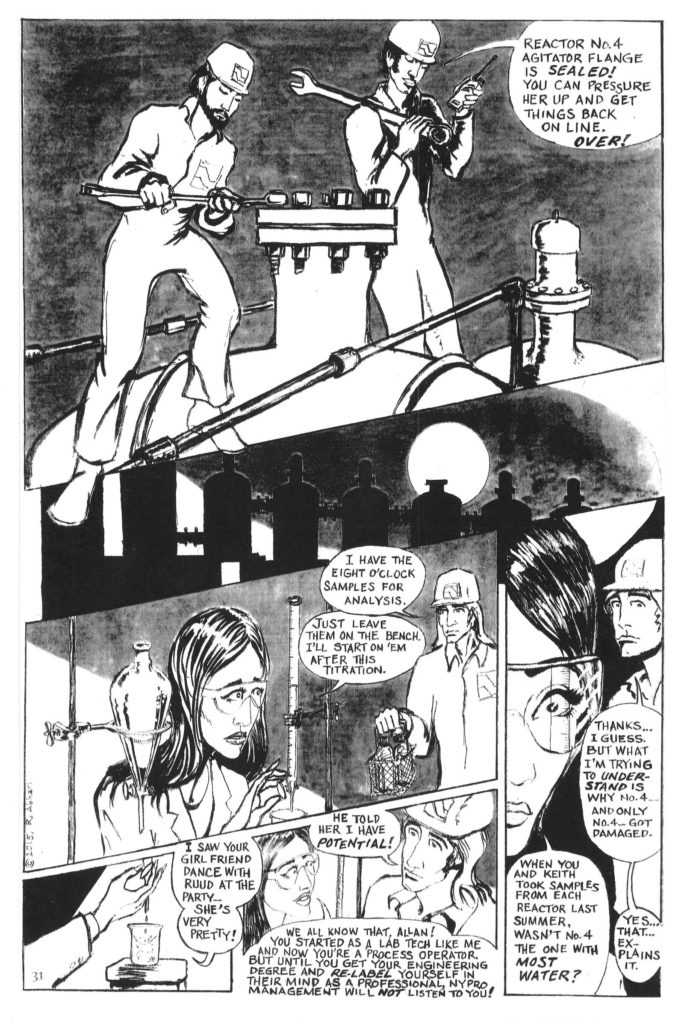
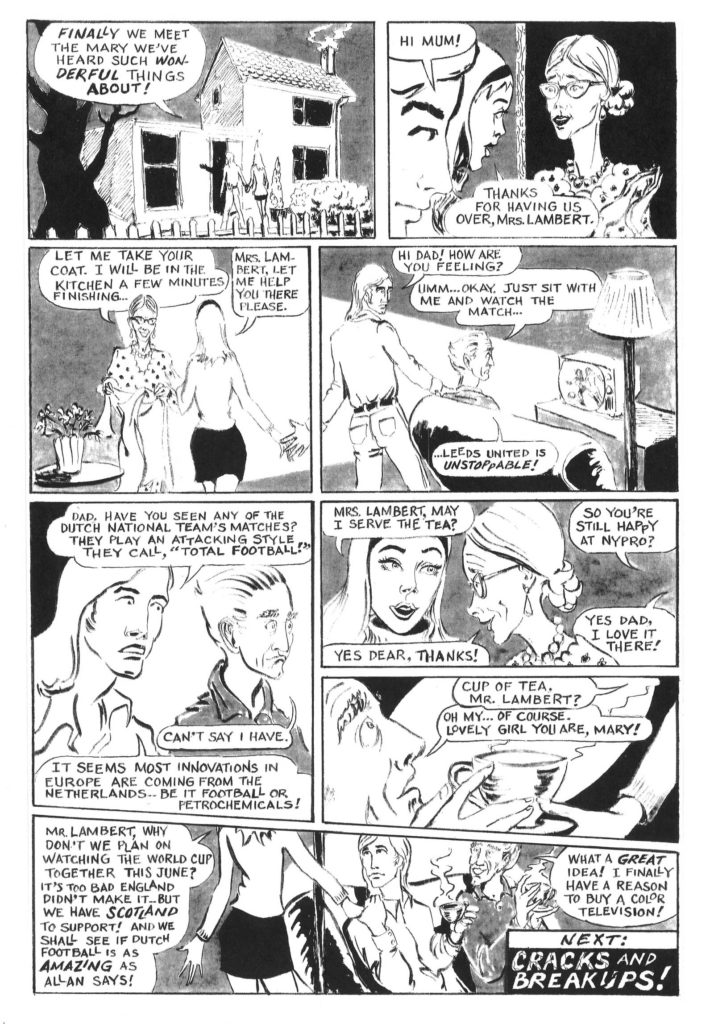
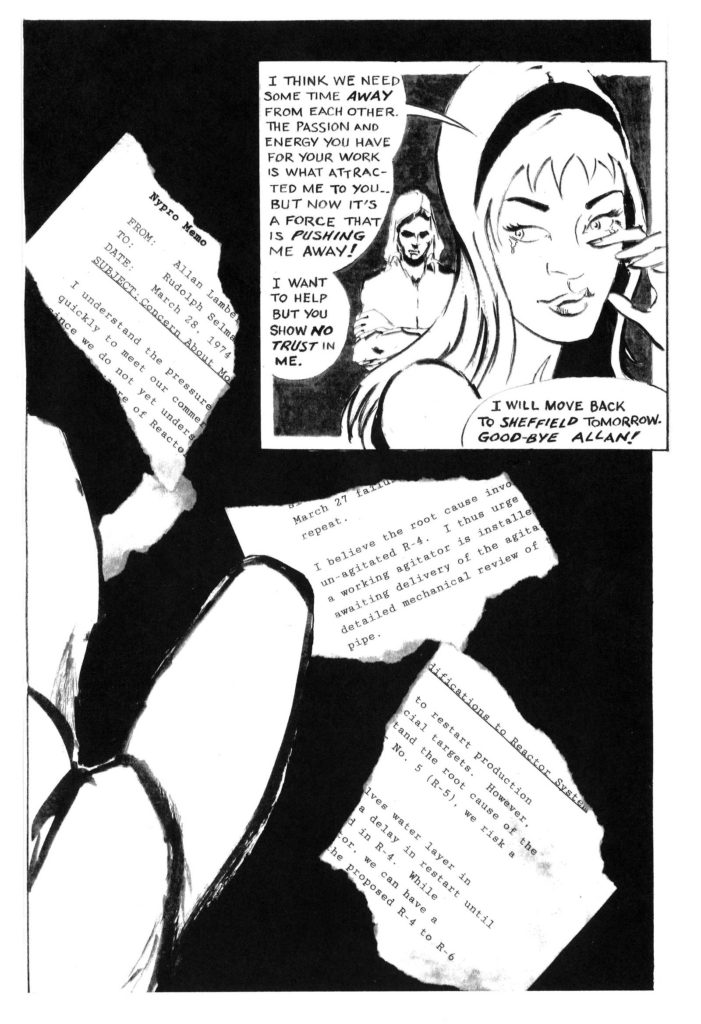
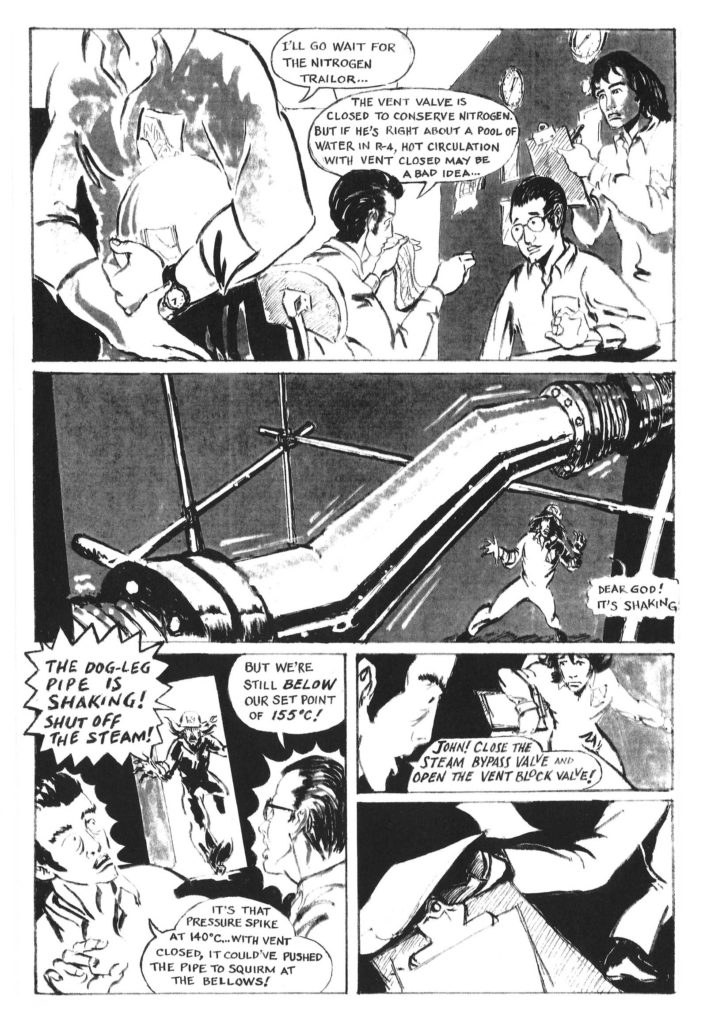
 In Review: Torpedo 1936 to Torpedo 1972
In Review: Torpedo 1936 to Torpedo 1972  In Review: Civil War
In Review: Civil War  Demonic threats entertain in new Shaman Kane!
Demonic threats entertain in new Shaman Kane!  In Review: Godzilla x Kong: The New Empire
In Review: Godzilla x Kong: The New Empire